This entry was posted on May 31, 2018.
By Jason Mitchell; Managing Director
An opportunity comes for me to try out this new camera; a trip to Japan. How lucky am I?
Along with a few fellow industry friends, I was loaned a Lumix G9 with the 12-60mm Leica lens. I also had use of the 8-18mm and the new 50-200mm which hits the market during June.
Purely coincidentally, this is the tens anniversary of Micro 4/rd’s with Panasonic introducing it to the world in 2008 with their amazing Lumix G1.
I am an avid photographer and have always loved it. I try to have a camera with me whenever I can. Although I am not technically proficient these days and don’t keep up with all of the latest innovation, I love looking at all the new cameras and occasionally write these reviews giving my personal opinion from a user perspective and not just from a lab bench. Please forgive me if you were expecting to read about all the tech specs and a full review. I’m just a guy who has used this camera on a trip and would like to share my views with you.
I took this camera everywhere during the short few days walking around Tokyo, Tendo and the surrounding areas. The camera survived torrential rain, boiling sun and being bashed about thrown over my shoulder through bustling crowds.
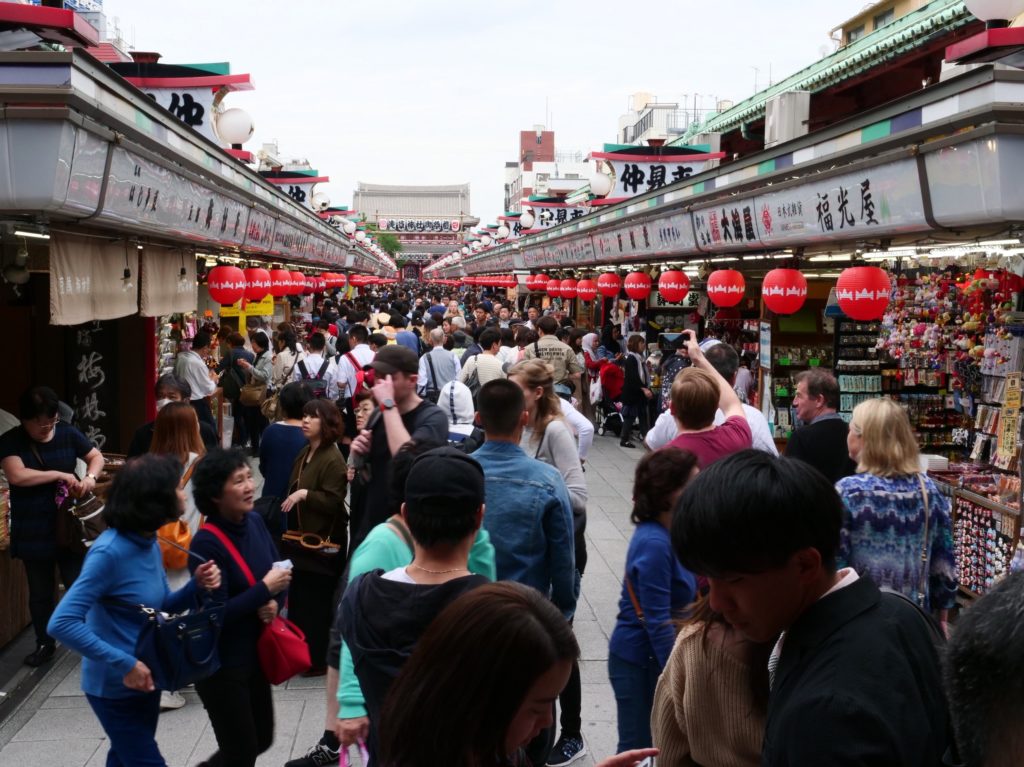
My first impressions were how well made the camera was; solidly built, robust and had a real quality feel about it. The Leica lens was also beautifully made. The zoom ring was smooth yet not loose like many others and the lens hood went into place just perfectly with a reassuring click. Yes, I was going to enjoy using this camera.
I’m not a fan of electronic viewfinders but this is amongst the best; nice and bright with natural colours and very responsive especially when exposure compensation is selected. It has all the information you need all discretely set around the edges of the viewfinder so as not to distract from the composition too much. I like grid screens, and this was found quickly in the menu.
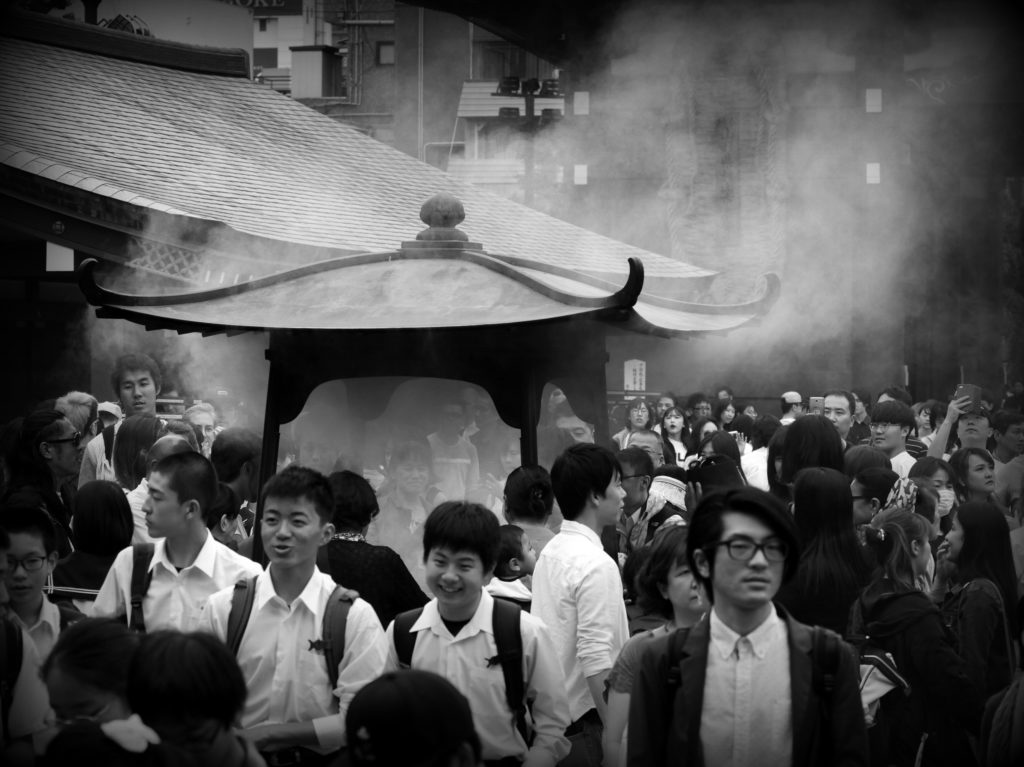
The focussing was fast and snappy and was almost too sensitive as one shot in the rain was focusing on the raindrops rather than the subject! I had to switch to manual focus to get the shot and by the time I did that the subject was gone. Under normal conditions however, the focussing worked flawlessly.
The shutter release was so sensitive that I found it awkward to adjust my technique to such a gentle pressure to release the shutter. This meant that I either captures images that I was not quite ready for or I took a few extra in order to get the shot. Hopefully this can be adjusted in a future firmware upgrade.

The camera’s layout is familiar with three dials to operate the controls and menu.
One function I can’t do without is program shift. This basically enables you to leave the camera set to auto but still allowing you to adjust the aperture and the shutter speed. By using this along with exposure compensation allows full creativity and correctly exposed images quickly and easily allowing precious moments to make sure that the picture is correctly composed rather than spending time messing with settings. I’m always amazed why this feature is not standard on all interchangeable lens cameras. Surely, it’s an easy part of programming and often when I see cameras that haven’t got this feature are jam packed with many other features that hardly get used.
The menu is clear and would appeal to all levels of photographers not just computer programmers as on some cameras the menu systems can be complex and confusing and can be just annoying. I remember using one camera with a group of experienced photographers and I wanted to do a group shot with the camera on a tripod. Could we find the self-timer mode? It was so buried under layers of settings that it wasn’t obvious, and, in the end, we used another camera to grab the shot.
Thankfully that is not the case with the Lumix G9. Navigation is quick and easy and after just a few minutes of playing with the camera, I felt I had mastered the controls that I would use the most. I’m one of those that avoids reading instruction manuals and prefer to find out how things work for myself. Yes, an arrogant and stubborn man!
The G9 has 6k photo which allows you to select a still image from a video like burst of high speed capture. This is amazing for getting that special shot of a fast-moving subject.
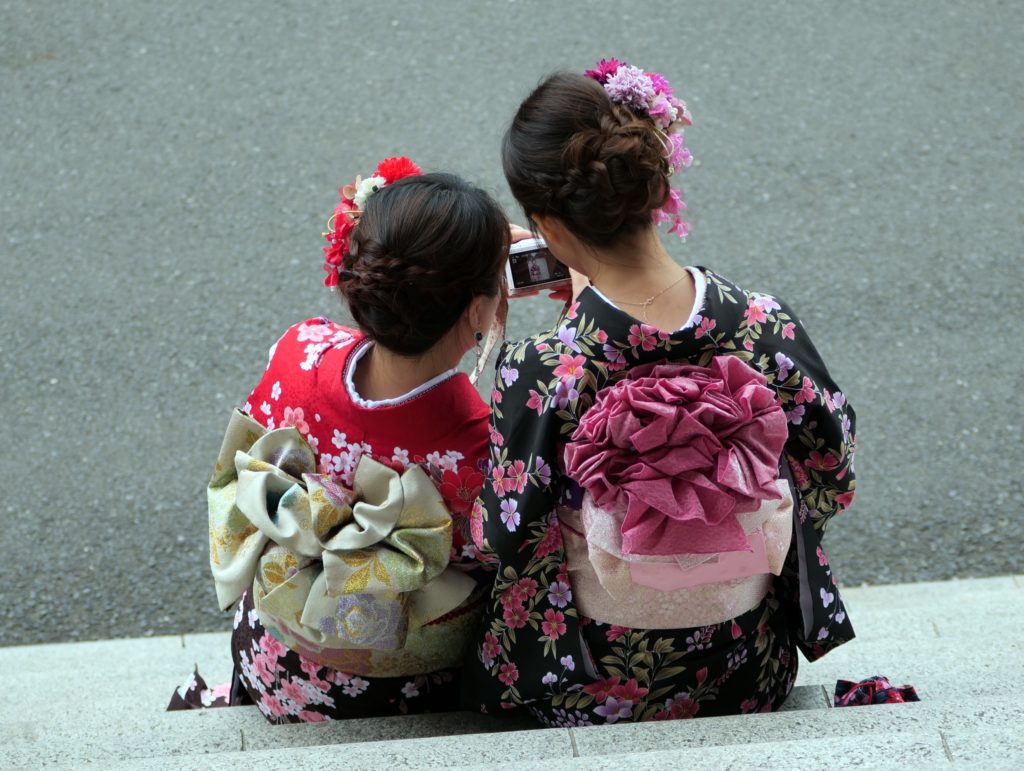
The filter effects actually should be labelled “special effects” as have some great selections including “Sunshine” which gives the effect of a burst of light coming from the heavens and “Toy” mode and “One Spot Colour” which does what it suggests. I had great fun playing with these and they produce some stunning effects.
The camera is jam-packed with all sorts of features. You can spend some time making different selections to get the desired effects but, in my case, I mainly used the camera on program mode with shift and exposure compensation my main creative tools. I did use Monochrome mode quite a lot as this is my favourite way of recording images. When you choose Monochrome, you have a few other selections to determine if you would like to affect a filter such as a yellow or red to increase contrast. You can also intensify the Monochrome effect using another setting if you want a more dramatic effect.
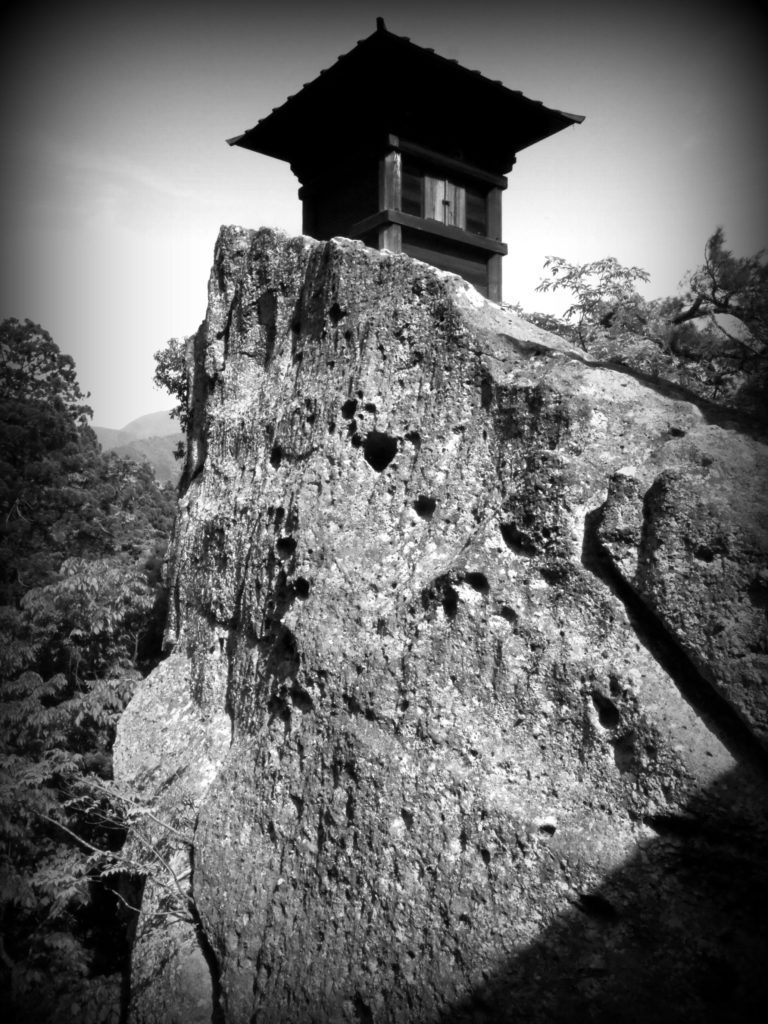
I found the camera produced perfectly adequate results using the bare minimum of settings and have never been a great fan of layered menus. I much prefer the “old school” way of photography which is minimal assistance but like the creativity you can have in post-production. Not quite a “purist” but I prefer to think I am!
So, what of the results? Being an avid full-frame user, I am a little wary of crop sensor cameras. Having said that, I used an Olympus E-M1 for quite a while and was delighted with the results. I am an avid “cropper” though as I am always trying to improve my photography and sometimes I just change my mind how I want the image framed once I look at it on the screen. This is where full frame has the distinct advantage.
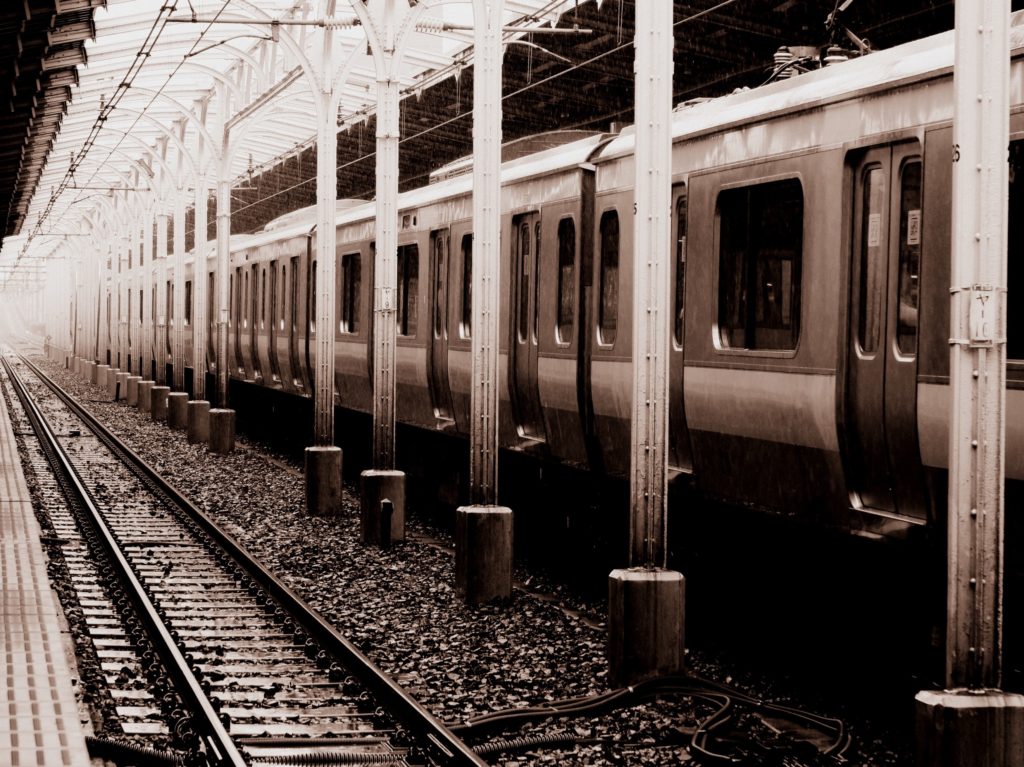
The camera can clearly produce some stunning images. It’s as good as you would expect from a camera of this standing and price. The 12-60mm produced some sharp and contrasty images and the 8-18mm was a joy to use as I personally love the distortion some super-wide’s offer. The 50-200mm was nice to use and the benefit of a half-frame camera is that the lenses are much smaller. For example, the Canon 100-400mm is 19.3cm long and weighs 1640g. The Panasonic 50-200mm is only 13.2cm and weighs 655g. The benefits of this are attractive. I am used to carrying a Nikon D810, 24-70mm, 70-200mm and a 105mm around and is a challenge for me. I often just take the camera out with just one lens for this reason as it’s all so big and heavy.
The G9 is not a tiny camera though. The lenses are clearly much smaller and lighter, but the camera resembles the size of most other cameras with no real benefit of a reduced size. It seems to me that they have done that intentionally to give the camera more appeal to serious photographers who like a big “man camera”.
Therefore, what’s the benefit? This camera with the 12-60mm is more or less the same price as a Canon EOS 6DII with a 24-105mm lens. This will offer you full frame for not much compromise on size and weight.
Okay the Canon is not as jam packed with features and doesn’t have 4k video and certainly does not have the wonderful 6k photo mode which is exclusive to Panasonic. If you are a sports or wildlife photographer, then this will have some appeal. It has 20 frames per second, that wonderful 6k photo mode and put a 100-400mm on it and you have an effective 200-800mm lens for half the price, size and weight of a many others.
Compare it to Canon EOS 7D II for this purpose and you get more magnification from the half frame Panasonic sensor. Same with the Nikon D500 where you will have to use a Nikon 200-500mm to get near the 100-400mm and its huge by comparison and will be much slower to use.

So, to decide if this camera is for you have to know what features you will use the most and if Panasonic’s technological marvels are what you want. If you are just a still’s photographer looking for quality and portability, then I would say this should be considered but you could do better for the price.
The main interest in my view would come from sports or wildlife photographers where this camera’s features and benefits would come into their own. The speed this camera can produce when needed is staggering and the lenses being so small, and light compared to Nikon and Canon make this a real contender in that field.






